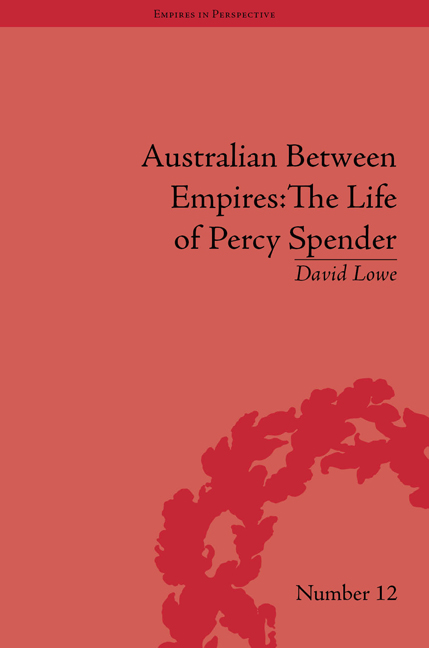5 - New World, New Liberals
Summary
The four years between the end of the Second World War and the 1949 election campaign saw fierce political debates about the future of Australia's democracy. The Chifley government, from 1945, pushed ahead with an ambitious programme of social welfare, nationalisation of key industries and extending the Commonwealth's control over prices, rents, banking and other aspects of commercial activity. The backlash to such measures assisted the new Liberal Party in developing some momentum in parliament. This period also saw a substantial adjustment from Spender on the issue of central powers versus individuals' and states' rights. By the end of 1947, ten years after he had first entered parliament, he had abandoned his dogged preparedness to side with Labor in the interests of a strong central government providing direction for the economy.
It appeared such a change of heart that it attracted derision from Labor politicians, and puzzled some of his supporters. The reasons for his shift were several. In general terms, they stemmed partly from his growing conviction that Labor was debasing parliamentary democracy and deliberately extending wartime exigency into its post-war planning, but also from his first-hand observation of socialism overseas, and of the implications of the Cold War for Australia. Importantly, the change also meant that Spender became a far more effective and reliable frontbencher in parliament.
- Type
- Chapter
- Information
- Australian Between EmpiresThe Life of Percy Spender, pp. 103 - 122Publisher: Pickering & ChattoFirst published in: 2014



